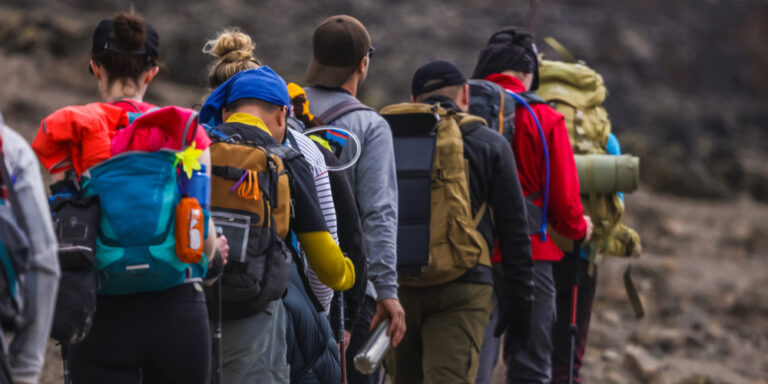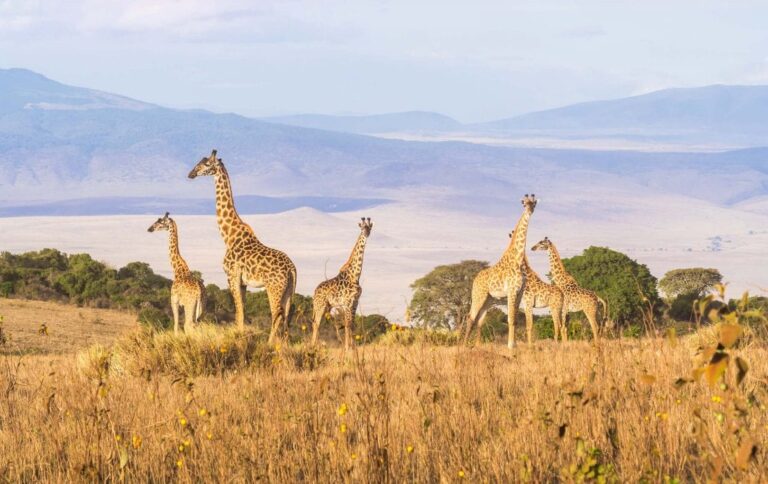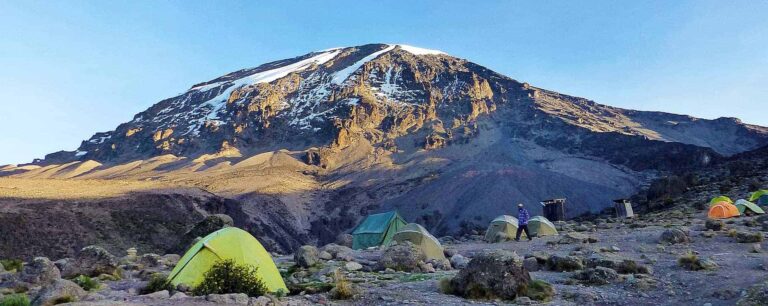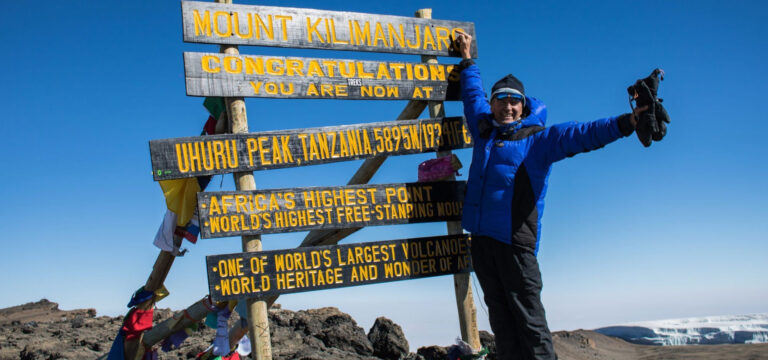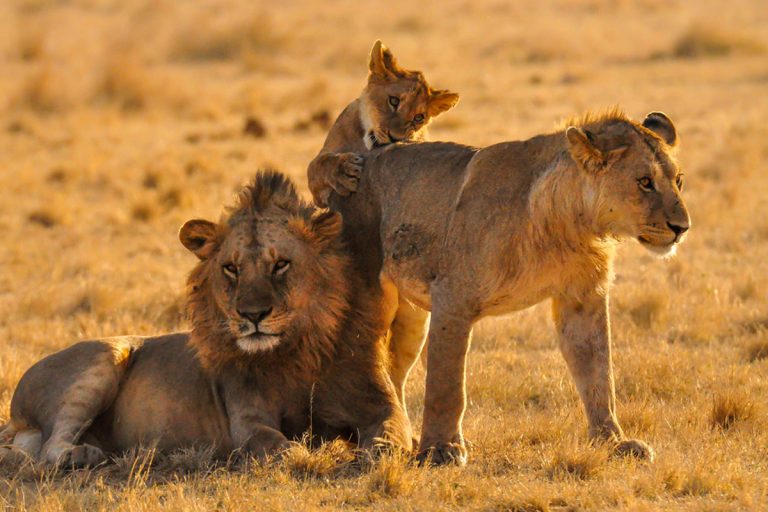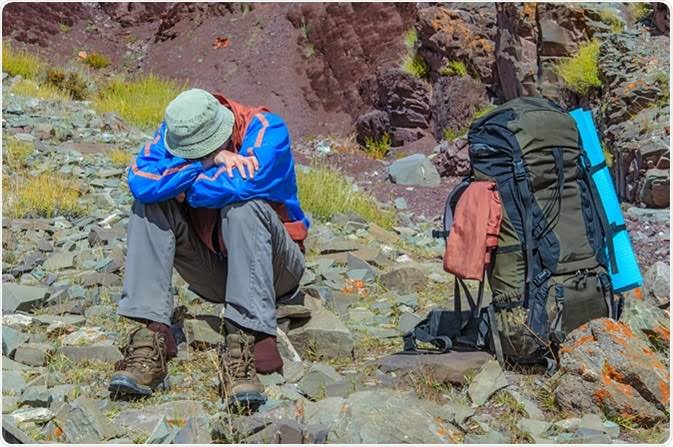Going on safari in Tanzania can be a once-in-a-lifetime experience if you know when to go and when to organize your vacation. Tanzania is home to numerous spectacular national parks, including the world-renowned Serengeti National Park, Africa’s highest peak, Kilimanjaro National Park, and the massive Ngorongoro Crater. Tanzania has been discovered to have more opportunities to observe Africa’s Big 5 five animals (elephants, lions, leopards, buffalo, and Rhinos) than any other African park or reserve.
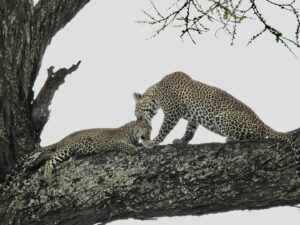 Tecomate Tours and Safaris believes that there is no wrong time to visit Tanzania because of its numerous natural sites and lovely culture. Several factors, however, might impact when to visit for a perfect Tanzania safari, and Tecomate Tours has separated the optimum time to travel into seasons to assist you understand what to anticipate and how to arrange your journey efficiently.
Tecomate Tours and Safaris believes that there is no wrong time to visit Tanzania because of its numerous natural sites and lovely culture. Several factors, however, might impact when to visit for a perfect Tanzania safari, and Tecomate Tours has separated the optimum time to travel into seasons to assist you understand what to anticipate and how to arrange your journey efficiently.
- JULY – OCTOBER
The long dry season in Tanzania lasts from July to October, making it ideal for a wildlife safari.it is our high season months and by far the finest time of year to see “the big 5” Animals as well as countless other animals! Because of the dry vegetation and shorter grasses, animals are easy to notice, and photo shoots are awesome.
Because it is peak safari season in Tanzania, tour package prices are higher and reservations must be made further in advance. During the safari, the national park will be busier, but it’s worth going for the best wildlife-watching chances.
High temperatures will range from 72 to 77 degrees Fahrenheit. You should dress warmly because it can get chilly early in the morning and late at night.
The wildebeest migration is predicted to be grazing in the northern Serengeti, and the herds will cross the huge Mara River to the Masai Mara reserve in search of fresh feed and water. If you want to go during this time, or if you are undecided about when to go, please include some days in the Northern Serengeti to witness the wildebeest migration and River crossing.
- APRIL & MAY
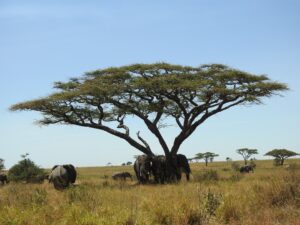 This is the cheapest time to visit Tanzania for a wildlife safari. It should be noted that because these are rainy months, views of wildlife may be hampered in certain areas by tall grasses and lush greenery. Also, going on a Tanzania safari in April or May allows you to avoid the crowds and enjoy more privacy and a more personalized experience. Fewer people book safaris at this time of year because it is Tanzania’s wettest season and presents similar obstacles for wildlife viewing. Dealing with slick roads and becoming engulfed in mud as a result of heavy rain is part of the experience. As a result, if you plan to go on a safari during these months, you should be prepared.
This is the cheapest time to visit Tanzania for a wildlife safari. It should be noted that because these are rainy months, views of wildlife may be hampered in certain areas by tall grasses and lush greenery. Also, going on a Tanzania safari in April or May allows you to avoid the crowds and enjoy more privacy and a more personalized experience. Fewer people book safaris at this time of year because it is Tanzania’s wettest season and presents similar obstacles for wildlife viewing. Dealing with slick roads and becoming engulfed in mud as a result of heavy rain is part of the experience. As a result, if you plan to go on a safari during these months, you should be prepared.
- NOVEMBER, JUNE & MARCH
These months are characterized by “short rains,” which bring near-constant showers that make the weather muddy, humid, and scorching. It is referred to as the shoulder season since it occurs between the peak and low seasons. Visitors can appreciate the locations and seclusion of the accommodations because the national parks are not overcrowded. Tecomate Tour packages are fairly priced, and reservations may be made up to one month in advance. Last-minute reservations are possible, but only if the room is available.
In June, the wildebeest migration moves westward from the Central Serengeti to the Western Serengeti. It’s also Wildebeest mating season, and the herds are making their way to the northern Serengeti through the vast Gurmeti River. It is best to plan your trip around this natural wonder in this region if you want to see it.
In November, the wildebeest migration proceeds from the northern Serengeti to the central Serengeti, then to the southern Serengeti for calving season. If watching the wildebeest migration is the major motivation for your November vacation, you should heed this advice.
- DECEMBER- FEBRUARY
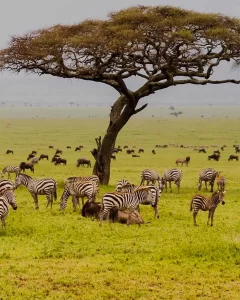 This is our busiest time for Tanzania safaris. During these months, we have a large volume of clients because many people travel with their families or loved ones for the Christmas and New Year’s holidays. Many lodgings are congested, and tourism is growing in many parks and reserves.
This is our busiest time for Tanzania safaris. During these months, we have a large volume of clients because many people travel with their families or loved ones for the Christmas and New Year’s holidays. Many lodgings are congested, and tourism is growing in many parks and reserves.
The wildebeest migration can be seen on the southern plains of the Serengeti and Ngorongoro, where they arrive for calving, which occurs from January to March. Because the national parks are lush due to seasonal rains, game drives are highly enticing because animals may be observed up close. If your trip plans fall between these months, you must book your tour with Tecomate Tours at least 6 months in advance.

